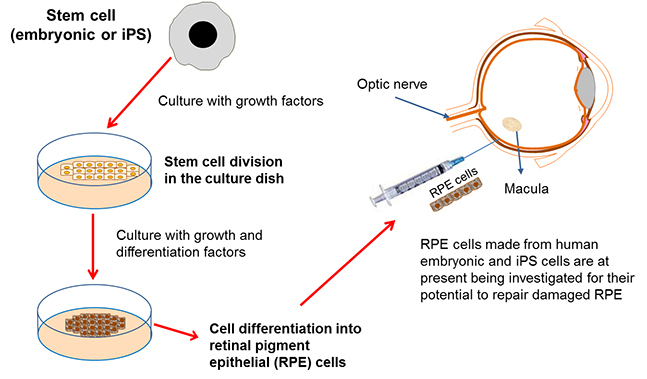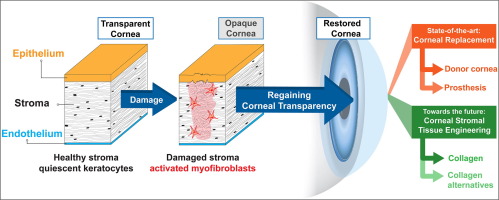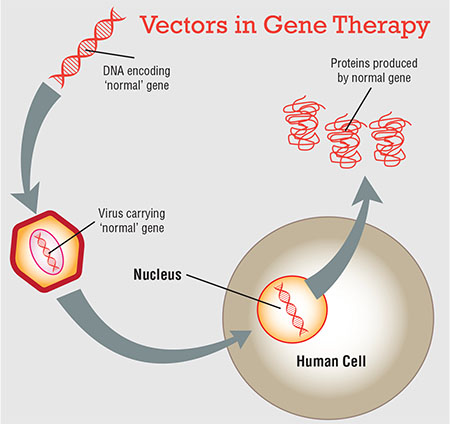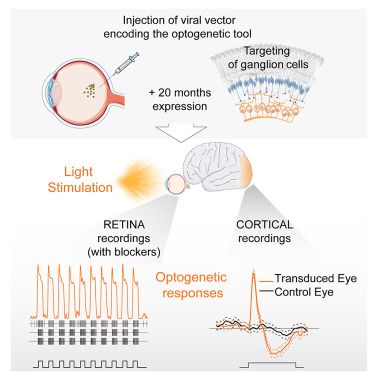Introduction to Regenerative Medicine in Eye Care
Regenerative medicine in eye care has become a groundbreaking field, offering hope for a variety of eye conditions. In particular, ophthalmology is experiencing remarkable advances that could transform how we treat eye diseases and vision impairments. In this post, we will explore the exciting developments in regenerative medicine in eye care and their impact on the future of eye health.
Stem Cells: The Building Blocks of Vision
First, stem cells play a crucial role in regenerative medicine for ophthalmology. These versatile cells can transform into different types of cells, making them valuable for repairing damaged eye tissues. For instance, retinal stem cells could treat conditions like age-related macular degeneration (AMD) and retinitis pigmentosa by replacing damaged cells and potentially restoring lost vision.
Corneal Regeneration: Innovative Solutions for Corneal Disorders
Next, the cornea is the transparent front surface of the eye, and damage to it can severely affect vision. Fortunately, regenerative medicine is providing new solutions for corneal disorders. Researchers have developed methods to grow corneal epithelial limbal stem cells and transplant them onto damaged corneas. This approach not only reduces the need for traditional corneal transplants but also improves outcomes and lowers rejection rates.

Gene Therapy: A Promising Solution for Inherited Eye Diseases
Furthermore, inherited eye diseases like Leber congenital amaurosis and retinitis pigmentosa result from genetic mutations that cause vision loss. Gene therapy offers a promising solution by aiming to correct these genetic defects. By introducing healthy genes into the eye, early clinical trials have shown promising results, giving hope to those affected by these rare conditions.
Artificial Retinas and Optogenetics: Restoring Vision
Another exciting development involves artificial retinas, such as those from LambdaVision (supported by the NIH). These artificial retinas can replace damaged ones by sending electrical signals directly to the brain, helping people perceive light and shapes. In addition, optogenetics involves modifying retinal cells to respond to light, which could potentially restore vision even when photoreceptor cells have degenerated.

Tissue Engineering for Eye Repair: Creating Lab-Grown Tissues
Moreover, tissue engineering is advancing the repair and regeneration of eye tissues. Scientists are working on creating bioengineered corneas, retinas, and even entire eyes in the lab. These lab-grown tissues could reduce the need for donor organs and lower the risk of rejection. Although still experimental, these techniques offer significant hope for future treatments.

Challenges and Ethical Considerations in Regenerative Medicine
However, despite the remarkable progress in regenerative medicine for ophthalmology, challenges remain. For instance, the safety, effectiveness, and long-term effects of these treatments require further study. Additionally, accessibility and affordability need to be addressed to ensure these groundbreaking therapies are available to those in need.






